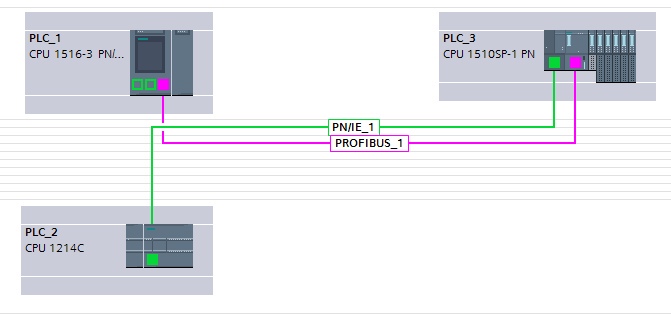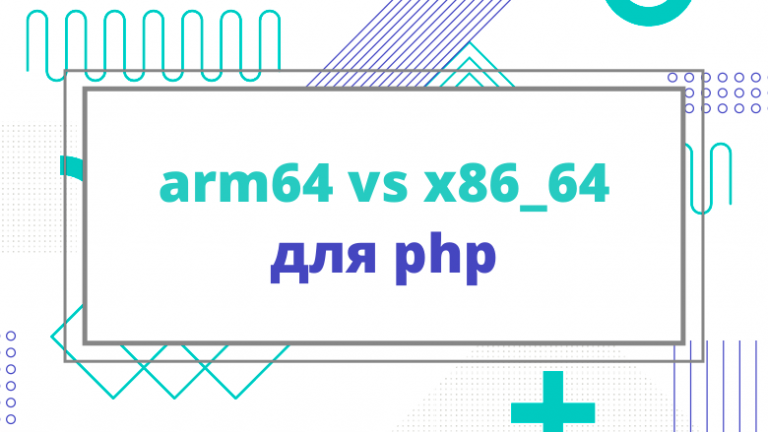New Intel CPUs Lack DDR4 Support. Time for a Total Upgrade?
Chip manufacturers are releasing increasingly advanced processors. Among them is Intel, which will soon introduce Arrow Lake-S. Chips in this line will not support DDR4 RAM, the company decided to avoid this refuseInstead, Intel will provide support for the latest DDR5, which will improve the performance of a device based on an Intel chip.

What kind of chips are these?
The announcement of Arrow Lake-S is scheduled for Q3 2024, the exact date of the presentation is unknown. The refusal of DDR4 is quite unexpected, however, this step of the company is quite logical. As for the equipment that will no longer support DDR4, these are, for example, motherboards on the 800 series chipsets. The corporation presented them in Taiwan at the Computex 2024 exhibition.
The company previously said that Intel Arrow Lake-S would be 6-21% more productive than Raptor Lake-S, and the integrated graphics would be up to 2.4 times faster. Primarily due to the eight Xe cores of the Xe-LPG (Alchemist) architecture. Back in 2023, Intel Corporation compared a new chip with eight high-performance and 16 energy-efficient cores with the upcoming Raptor Lake-S Refresh (14th generation Core) with the same configuration of computing cores.

DDR4 is likely not the only technology from the past that will be stripped from new processors and equipment from Intel. According to experts, along with DDR4 PCI-E 3.0 will also be removed — an interface whose specifications were approved at the end of 2010. It also makes sense to upgrade here, since already in 2017, PCI-E 4.0 replaced the “troika”, and then PCI-E 5.0 appeared. In 2022 were approved PCI-E 6.0 specifications, with PCI-E 7.0 tentatively scheduled for 2025.

Everything is quite logical here, since the fastest interfaces should be left for new platforms. Thus, PCI-E 3.0 x16 gives 15.7 GB/s, and the newer PCI-E 4.0 x16 – almost twice as much, 31.5 GB/s. PCI-E 5.0 x16 has a throughput of 63 GB/s, PCI-E 6.0 x16 – 121 GB/s. Well, if we talk about the seventh generation, its throughput is twice as high as its predecessor.
As for DDR4, Intel has been releasing chips that supported both DDR5 and the older DDR4 for quite a long time. Now, apparently, it has been decided to abandon the older memory in order to save resources.
What else?
The new generation of processors really changes a lot. In addition to abandoning the previous generation memory and interfaces, the transition to Intel 800 and the LGA-1851 platform entails 16 PCIe 5.0 lanes for the video card. In addition, four PCI-E 4.0 and 5.0 lanes for the SSD come directly from the processor.
The new chips have integrated Intel Thunderbolt 4 high-speed interface controllers. Accordingly, the integrated graphics can support four external monitors at once. They are connected via DisplayPort 2.1 or HDMI 2.1. There will also be support for USB 3.2 Gen 2×2, USB 3.2 Gen 2×1, and USB 3.2 Gen 1. Most likely, there will be no fewer of them than in the Z790, the flagship of the Intel 700 series. This means at least 20-gigabit USB plus 10 5-gigabit ports and the same number of 10-gigabit ports.
Support for the new Wi-Fi 7 wireless interface is provided. As for wired communication, support for 1GbE and optional 2.5GbE ports is provided.
An important nuance: new processors will be installed in new sockets, LGA-1851, they will replace LGA-1700. This, by the way, was known back in early 2024, so there are no surprises here. But there is a problem – you won't be able to upgrade your PC by simply installing a new chip. You will have to change both the processor and the motherboard. Moreover, the socket has a different height compared to LGA 1700. What does this mean for the user? The vast majority of current cooling systems will not be compatible with it without updating the mounting kits. That is, these systems will also have to be updated or upgraded. Well, since DDR4 is not supported, you will also need to buy DDR5.
The advantage of DDR5 is the support of dual-channel mode by default. That is, the user can install only one bar, not two, and this is always relevant when there is a shortage of free slots. Each channel transmits 32 bits of information (+8 with ECC) with a packet length of BL16 (16 bits). As for DDR4, although a 64-bit channel was used here, only 8-bit packets (BL8) were supported. Accordingly, DDR5 performs twice as many operations in the same time, not to mention good throughput.
Be that as it may, it is clear that upgrading to a new processor will require a lot of money, since almost everything needs to be changed.





